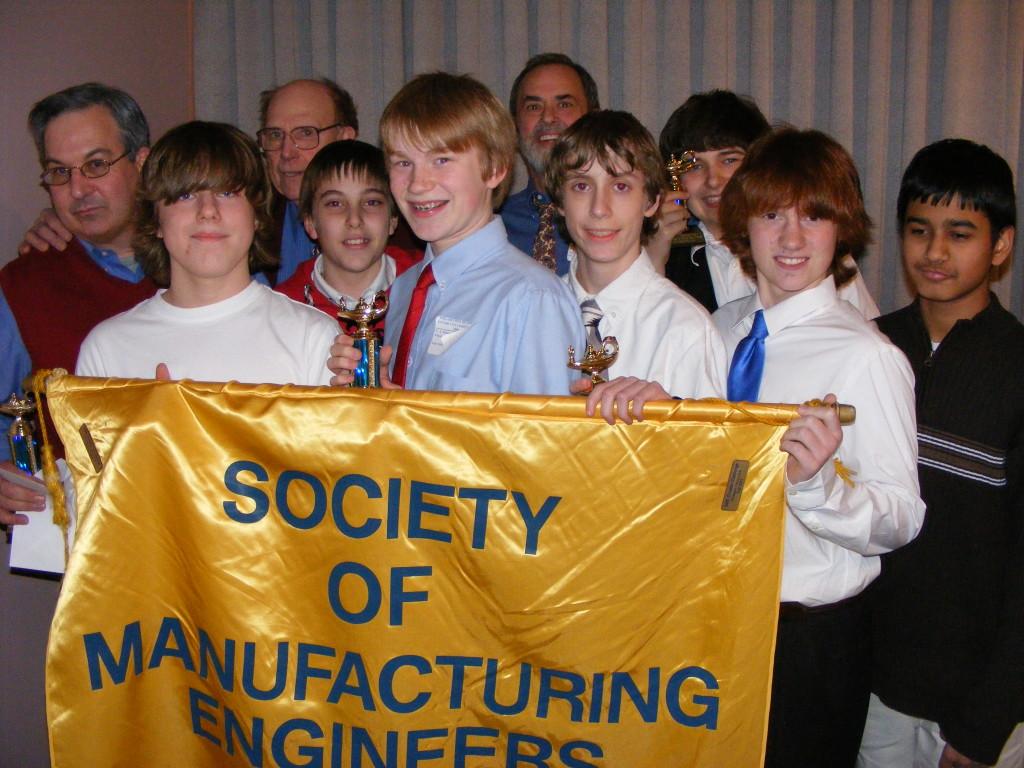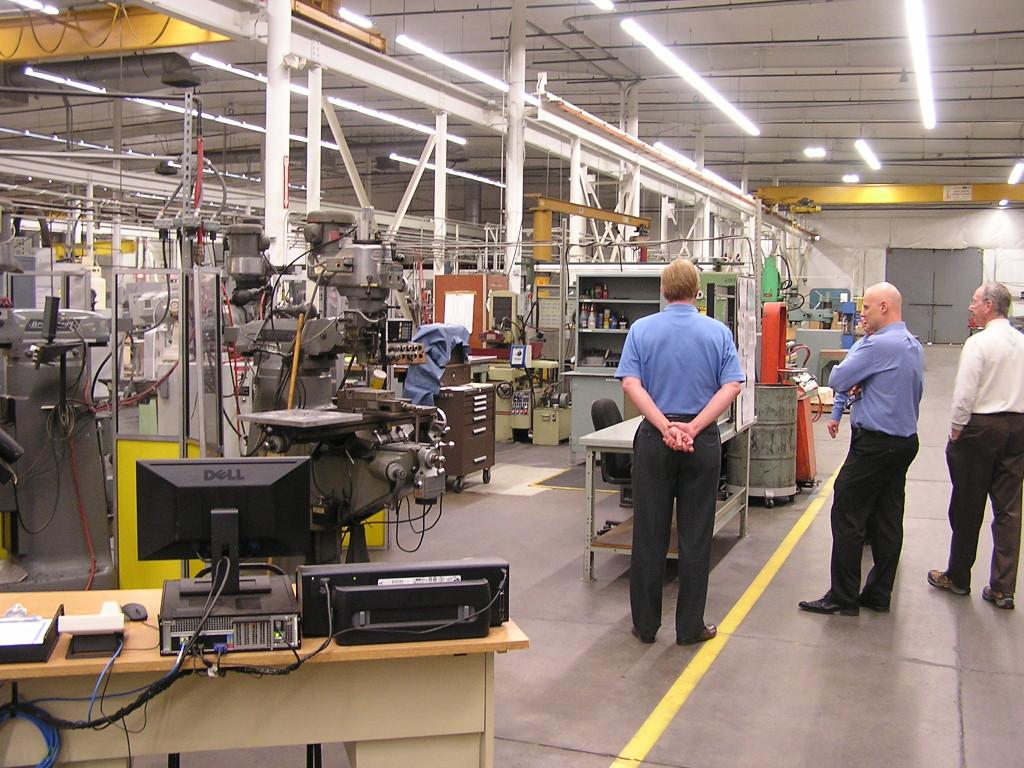 Early Industrial America was a rough place to work for children. There weren’t labor laws, and families were forced to work in dangerous and unhealthy conditions, sometimes losing body parts and lives to machines and mines. The first effort to eliminate child labor in the factories and mines occurred in 1916, but it took until the Great Depression to pass the Fair Labor Standards Act. The Act states children under 14 can not work, teens between the ages of 14 and 16 can only work during limited hours, and beginning at age 16, teens can work full time in non-hazardous occupations. (Agriculture isn’t included in this Act, leaving 500,000 children working in the fields alongside parents each year.) You get the idea. Well, according to a new survey from the Society of Manufacturing Engineers (SME), today parents hold outdated views on manufacturing careers, and these misconceptions should be updated to accommodate new manufacturing labor conditions.
Early Industrial America was a rough place to work for children. There weren’t labor laws, and families were forced to work in dangerous and unhealthy conditions, sometimes losing body parts and lives to machines and mines. The first effort to eliminate child labor in the factories and mines occurred in 1916, but it took until the Great Depression to pass the Fair Labor Standards Act. The Act states children under 14 can not work, teens between the ages of 14 and 16 can only work during limited hours, and beginning at age 16, teens can work full time in non-hazardous occupations. (Agriculture isn’t included in this Act, leaving 500,000 children working in the fields alongside parents each year.) You get the idea. Well, according to a new survey from the Society of Manufacturing Engineers (SME), today parents hold outdated views on manufacturing careers, and these misconceptions should be updated to accommodate new manufacturing labor conditions.
Right now the average manufacturing job supposedly pays $77,506 due to technological changes in the sector. This same technology provides exciting and challenging jobs that include 3D design and printing, animatronics, and gaming. Also, there are manufacturing career opportunities at every level of education from high school to the doctoral level. One more fact in response to the notion of manufacturing jobs as inherently dirty is that the manufacturing environments are “clean and green.” For example, more than 150 auto-manufacturing facilities are landfill-free. How’s that for dispelling some myths?
Jeffrey Krause, CEO of SME, summarizes the new manufacturing landscape:
“The landscape in advanced manufacturing has evolved. A serious misconception is that manufacturing is dirty, dark or dangerous; and isn’t seen as an optimal career choice. The reality is far from that. Manufacturing today is an advanced, high-value industry that represents innovation and technology. The survey results demonstrate that we need to show that manufacturing careers can be exciting, stimulating and very rewarding.”
As anyone familiar with the 3D printing/additive manufacturing space already knows, these new technologies are increasingly being incorporated into Science, Technology, Engineering, Arts, and Mathematics (STEAM) education in K-12 and higher education. 3D printing is being used to create everything from aircraft parts, medical devices, fashion and art — you get the point .
Since it is speculated that the global 3D printing market will expand from $1.6 billion in 2015 to $13.4 billion in 2018. Wow, 3D printing will be a major driving force in our “cleaner and greener” manufacturing future — far from those industry jobs of yesteryear. Parents! It’s time to get on board for your children’s future!
SME produces RAPID, where 3DPrint.com will be on-site next month in Orlando to cover the latest in 3D printing and other high-tech ventures! Do you find that parents you know lack perspective regarding manufacturing? Discuss in the SME Polls Parents forum over at 3DPB.com.
[Source: PR Newswire]
Subscribe to Our Email Newsletter
Stay up-to-date on all the latest news from the 3D printing industry and receive information and offers from third party vendors.
You May Also Like
Profiling a Construction 3D Printing Pioneer: US Army Corps of Engineers’ Megan Kreiger
The world of construction 3D printing is still so new that the true experts can probably be counted on two hands. Among them is Megan Kreiger, Portfolio Manager of Additive...
US Army Corps of Engineers Taps Lincoln Electric & Eaton for Largest 3D Printed US Civil Works Part
The Soo Locks sit on the US-Canadian border, enabling maritime travel between Lake Superior and Lake Huron, from which ships can reach the rest of the Great Lakes. Crafts carrying...
Construction 3D Printing CEO Reflects on Being Female in Construction
Natalie Wadley, CEO of ChangeMaker3D, could hear the words of her daughter sitting next to her resounding in her head. “Mum, MUM, you’ve won!” Wadley had just won the prestigious...
1Print to Commercialize 3D Printed Coastal Resilience Solutions
1Print, a company that specializes in deploying additive construction (AC) for infrastructure projects, has entered an agreement with the University of Miami (UM) to accelerate commercialization of the SEAHIVE shoreline...































